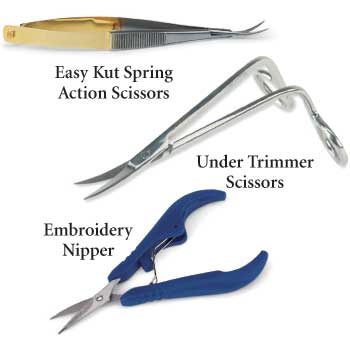Your current scissors are probably not going to make it to a museum, I know mine won't. But a good pair of scissors is worth its weight in gold - even double if you inherited and take good care of them.
I was reading an interesting article on the history of scissors. The link is: thenonist.com/index.php/comments/3540 but for some reason won't work. You may want to try doing a copy and paste to your browser. The photos of the museum pieces are worth the time to check out. The information is engaging and the whole article gives one a new respect for our grandmothers' cutting equipment.
The origin of the information was from the book Scissors by Massimiliano Mandel which is unfortunately out of print. What a great coffee table book it would be!
Here are just a few of the photos, I hope you enjoy them as much as I did. I had a hard time cutting (pun intended) down the number of photos because they were all so fascinating.

Iron scissors. Eastern Mediterranean, 14th Century.
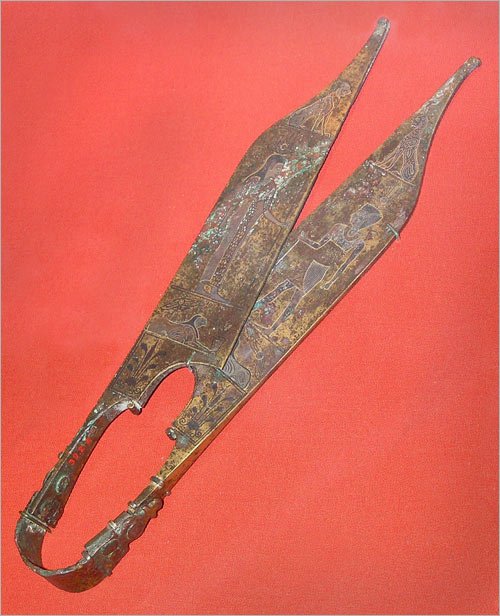
2nd century A.D. Trabzon, northeastern Turkey.
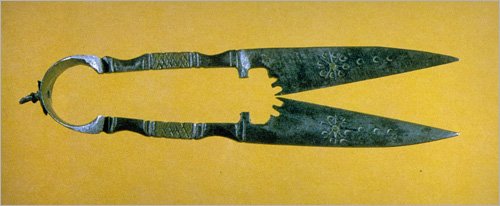
Household Scissors. Italy, about 1550.
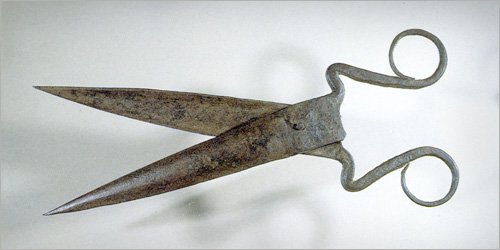
Persian Tailoring Scissors. 17th Century.
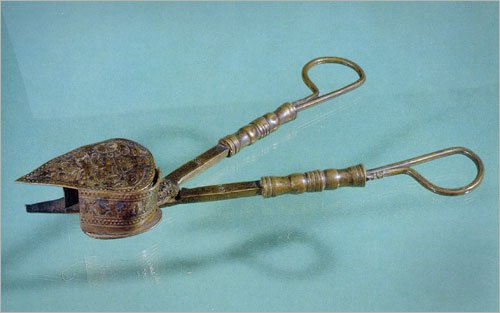
Candle-Trimmers. Italy, 16th Century.
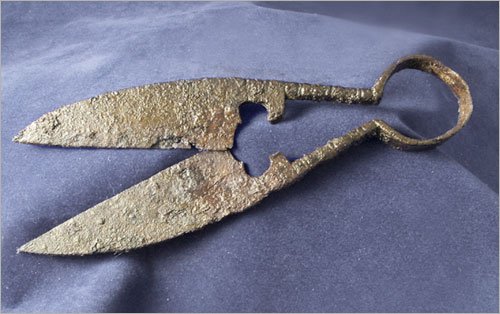
Medieval Scissors.
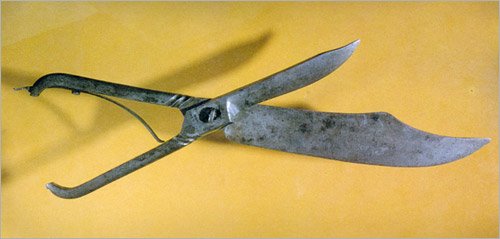
Shears / Detachable Blades. Italy, 1890.
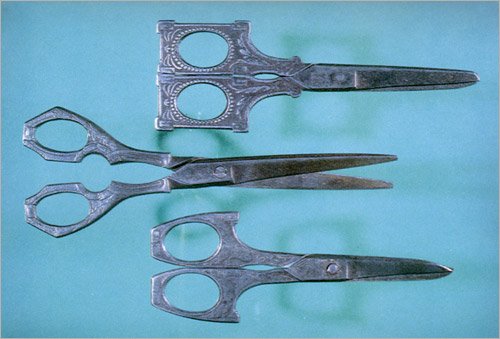
Neoclassical era Italy or France, about 1820.
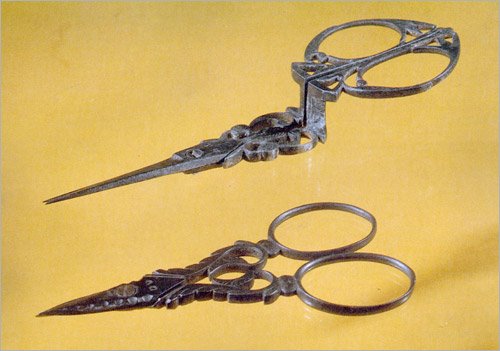
Decorated Steel Fretwork. England, 1875.
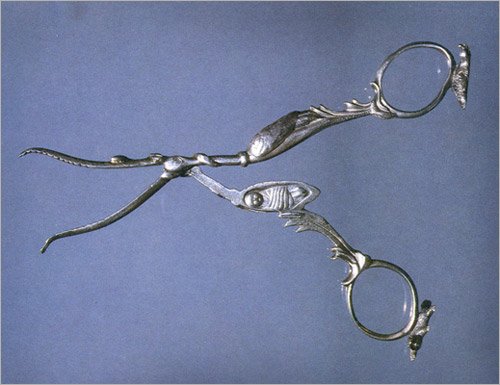
Shaped like a stork carrying a baby. England.

Embroidery Scissors. The Romantic Age, France.
For me, I want the best equipment for my embroidery. A project done with blunt scissors won't make the cut. (Sorry. . .) The selection here at AnnTheGran is excellent. Check them out BEFORE you need to add or replace scissors.
These are my selections. I have a use specific for each individual pair and I never use them for other things. I have some inexpensive scissors that I use for paper and miscellaneous cutting projects.
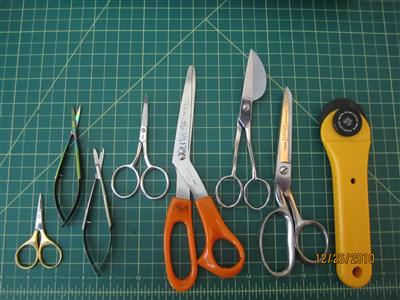
The first pair is for really delicate items such as tiny stitches. The second pair is for snipping easy stitches. The third pair is for catching and cutting difficult stitches. The last of the small group is my satin stitching scissors that run through a long line very quickly. It is a Gingher I got here at Ann's. The large group starts with my ‘stabilizer' only cutting shears. The words are hard to read but that is what it is for. The next is my appliqué, also purchased here, and make quick work of trimming. You can read my blog on Applique if you want further information on that technique. The third large scissors is a pair I got from Sears about 25 years ago. I oil and hone it here at home but take to a professional for sharpening when needed. The last large item is the Olaf Rotary Cutter that I use for diagonal cutting.
I do have other scissors around the house for general purposes but these are my babies.
If your scissors are looking like a 2nd Century cutting implement, check out the excellent sale Ann is having! You will get 25% off The Must Have Embroidery Scissor Set with the purchase of Any AnnTheGran Club Membership. I never take 25% off lightly and hope you find that these are going to be in your mailbox soon!
